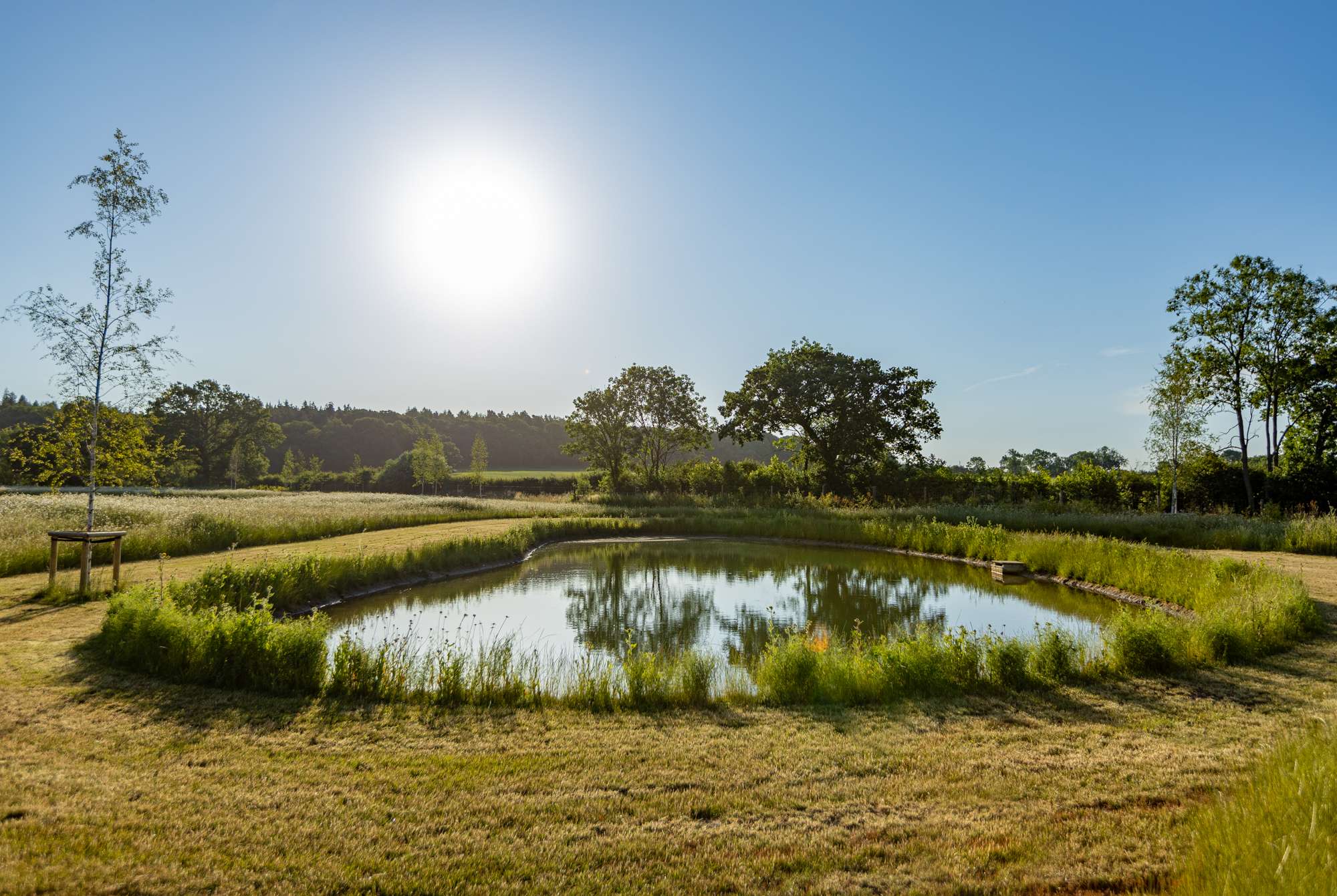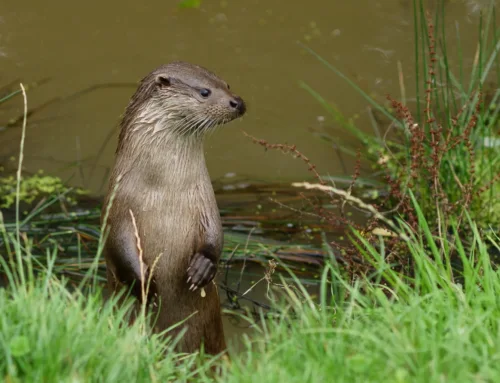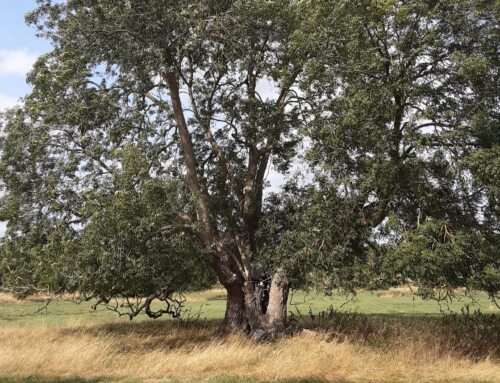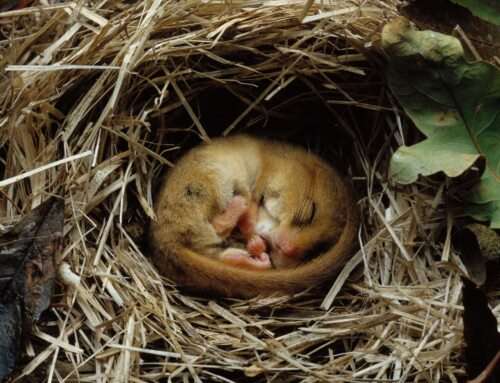Everything You Need To Know About Biodiversity Net Gain




February 2025 marks the one-year anniversary of statutory biodiversity net gain (BNG). Nicholsons Ecology Team have reflected on this national framework and the importance it has on protecting and enhancing ecosystems.
What is biodiversity net gain?
Biodiversity net gain (BNG) is a development approach that ensures biodiversity is left in a measurably better condition than before. BNG is now a legal requirement in England under the Environmental Act 2021, making it a key consideration for planning applications and land-use projects. Developers must deliver a BNG of 10% as demonstrated by using the statutory biodiversity metric.

Why does biodiversity net gain matter?
Firstly, biodiversity net gain protects and enhances ecosystems. Development projects can fragment habitats and disrupt ecosystems, leaving wildlife with fewer places to thrive. BNG offers a way to counteract these impacts by retaining, enhancing and creating habitats that benefit wildlife and ecosystems alike.
For example:
- Creating wildflower meadows can support pollinators, such as bees and butterflies, which are essential for healthy ecosystems and food production.
- Enhancing wetland areas improves water quality, reduces flood risks and provides critical habitats for birds, amphibians and insects.
- Establishing wildlife corridors that connect fragmented habitats allow species like bats, birds and reptiles to move safely across landscapes and maintain viable populations.
Secondly, BNG has become a legal requirement in England under the Environmental Act 2021, mandating that all developments deliver a 10% net gain in biodiversity. This legislation applies to most new planning applications and is set to reshape the way land-use projects are designed and approved.
Failing to meet BNG early in the planning process can lead to:
- Delays in planning approval.
- Increased costs from unplanned mitigation measures.
- Rejection of applicants by local authorities.
By integrating BNG into your project from the start, you can minimise the risks and ensure your development is compliant with both the law and ecological best practice.
“BNG retains, enhances and creates habitats that benefit wildlife and ecosystems alike.”
Finally, BNG is important when it comes to delivering financial and reputational benefits.
Adopting BNG is a long-term investment and not simply a tick-box exercise.
- Financial benefits: BNG reduces planning risks, increases land value and minimises the costs associated with redesigning or mitigating environmental impacts later in the process.
- Reputational benefits: Companies and developers that embrace BNG demonstrate environmental responsibility, improving public relations and stakeholder trust. This can set your project apart in an increasingly eco-conscious market.


How does BNG work?
- A baseline assessment will be carried out by ecologists to accurately assess and map the site’s current biodiversity value in area habitat units, hedgerow units and watercourse units where applicable.
- A post-intervention assessment will calculate the level of biodiversity loss that will be caused by development.
- Mitigation and compensation measures will be suggested, which will aim to achieve a greater than 10% BNG.
- Our team will prepare a detailed BNG Assessment, outlining clear steps for long-term biodiversity gains. Where gains of at least 10% are not possible on-site, advice will be provided on how the project can proceed by enacting off-site habitat enhancements.
“Adopting BNG isn’t just about ticking boxes, it’s a long-term investment.”
How can Nicholsons help you achieve BNG?
We can provide:
- Accurate habitat baseline assessments.
- Full BNG assessment reports with associated statutory metrics.
- Habitat creation and management plans.
- Expert guidance on legislation and compliance.
- Liaising with local planning authorities to streamline approvals.
Are you ready to embrace the future of sustainable development? Whether it’s a housing development, infrastructure project or land-use plan, we can help you achieve BNG requirements and access the benefits of environmentally responsible planning.
If you would like any advice on BNG for your projects, please contact our ecology department on contact@nicholsonsgb.com or alternatively by phone, Northamptonshire 01536 408840 / Oxfordshire 01869 340342.
By Rachel Crapper, Assistant Ecological Consultant







